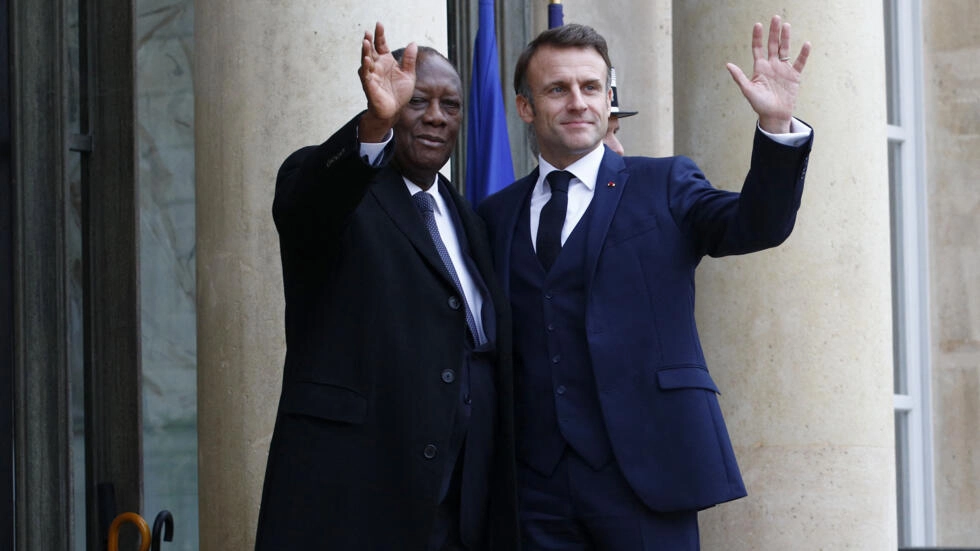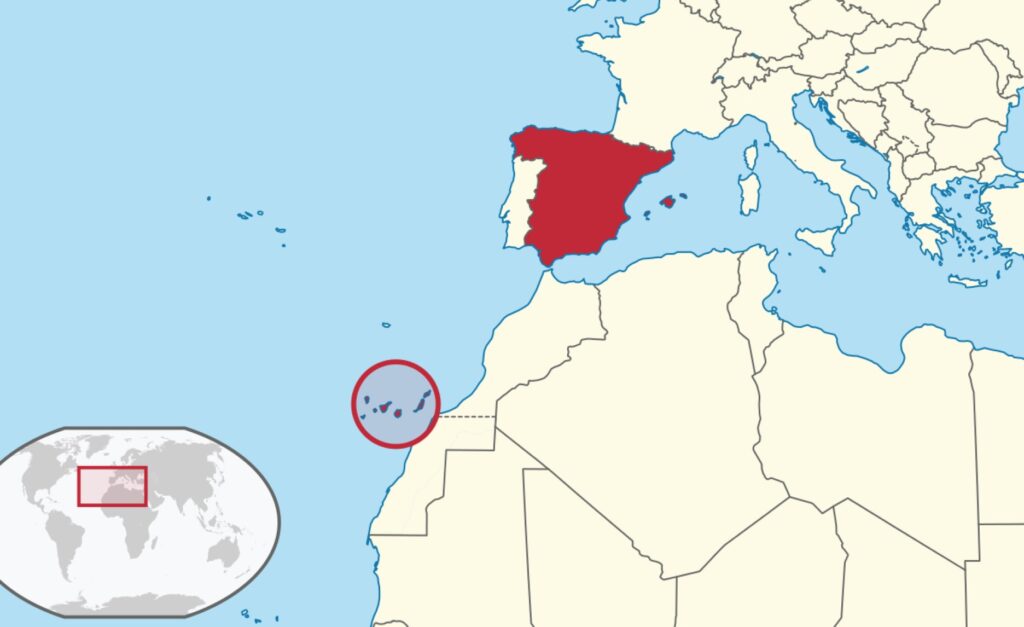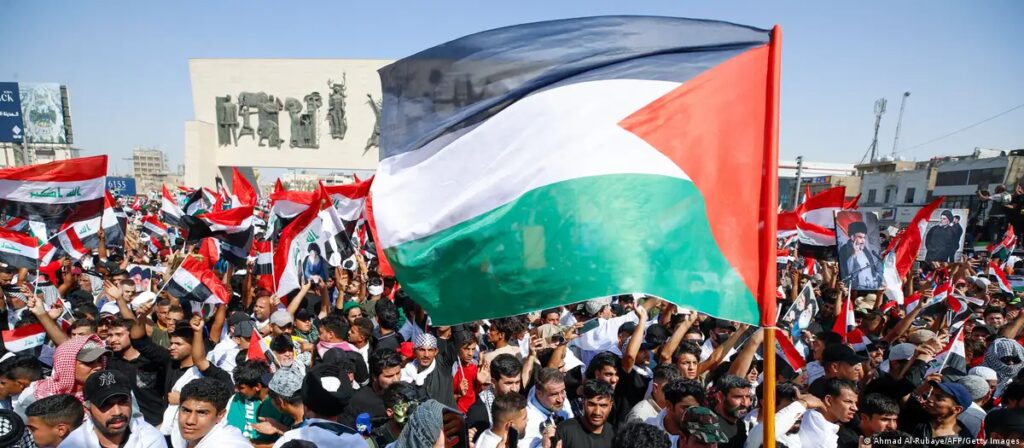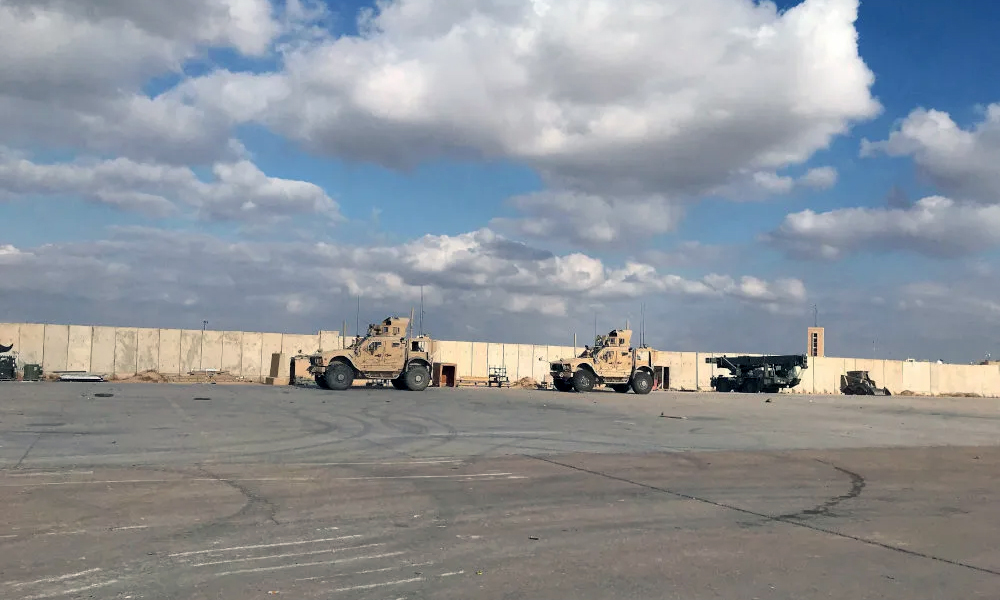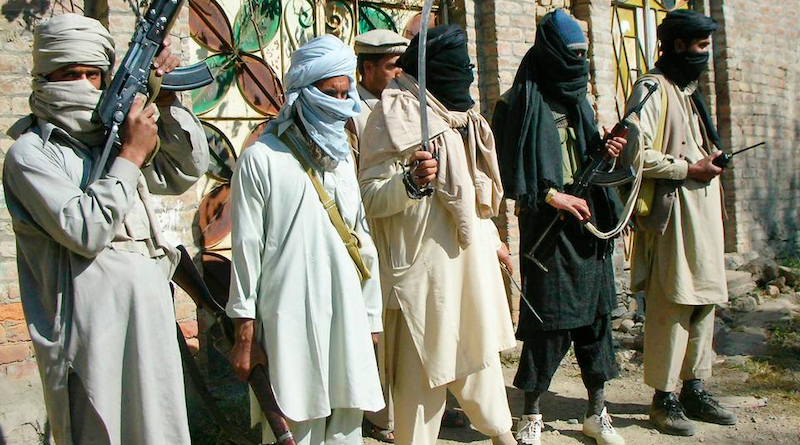Kurdish Columnist On Saudi Website: It Is The Iranian Regime That Ignited The Fires Of War; The Solution Is To Topple This Regime
In an article on the Saudi news website Elaph, Kurdish journalist Nizar Jaff accused the Iranian leaders of hypocrisy, saying that they shed crocodile tears over the war in Gaza and deny having any hand in it, when the fact is that they are the force behind Hamas in Gaza, behind Hizbullah in Lebanon and behind the militias in Iraq. Iran, he adds, started the war in Gaza in order to draw attention away from the popular protests within its own borders, while playing on the religious sentiments of the people in the region. These people must understand that the solution to their problems lies in opposing the Iranian regime and overthrowing it, he concluded.

